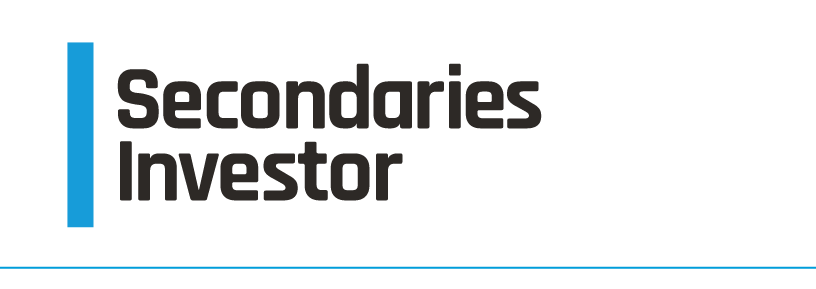
Home GP-Leds
GP-Leds
Sponsors and management teams need to demonstrate their commitment to the next phase of growth.
An increase in dealflow has shone a light on a number of roadblocks, including issues of alignment and short timelines
A collaborative approach is key to helping de-risk transactions and develop long-term relationships.
Early engagement and regular communication with LPs are vital to avoiding roadblocks in the GP-led secondaries process.
Muted M&A activity and liquidity demands are prompting more sponsors to consider moving assets into continuation funds, but successfully completing a GP-led deal is more easily said than done.
Appointing an internal team to oversee a GP-led deal, and working with advisory and legal partners early, can help smooth what can be a time- and resource-intensive process.
As supply continues to outstrip demand, it is ever more important to clearly demonstrate why particular assets are well suited to a continuation fund process.
The deal involves transferring an asset to a continuation fund managed by TRP Capital, a lower mid-market player with no prior engagement in GP-led secondaries.
GP-led deals represented about 44% of the approximately $109bn in total volume last year, with single-asset transactions representing the majority of such deals.
The final close of TPG GP Solutions will be one of the key pillars driving the firm’s growth in 2024, CEO Jon Winkelried said in its latest earnings call.














